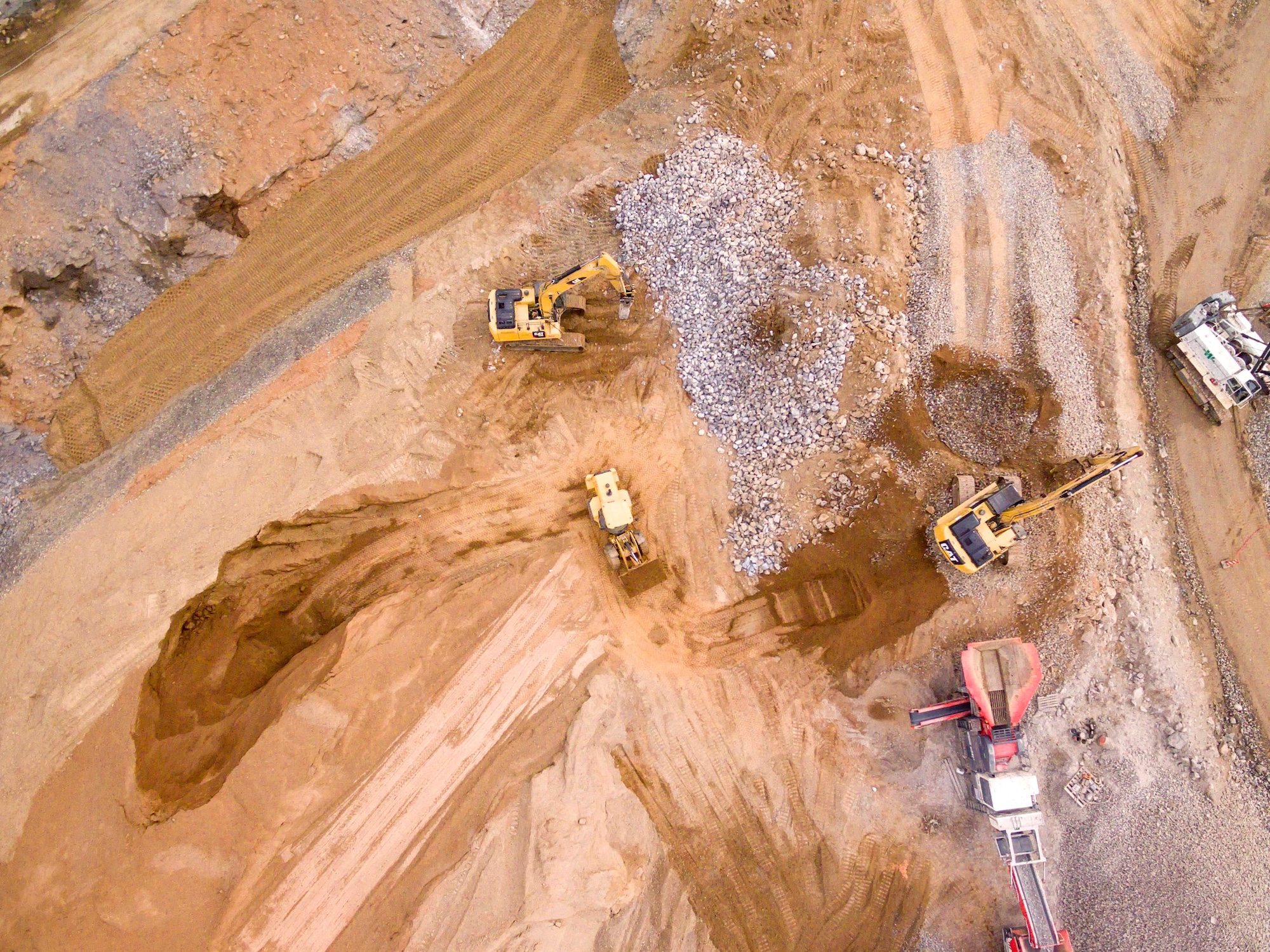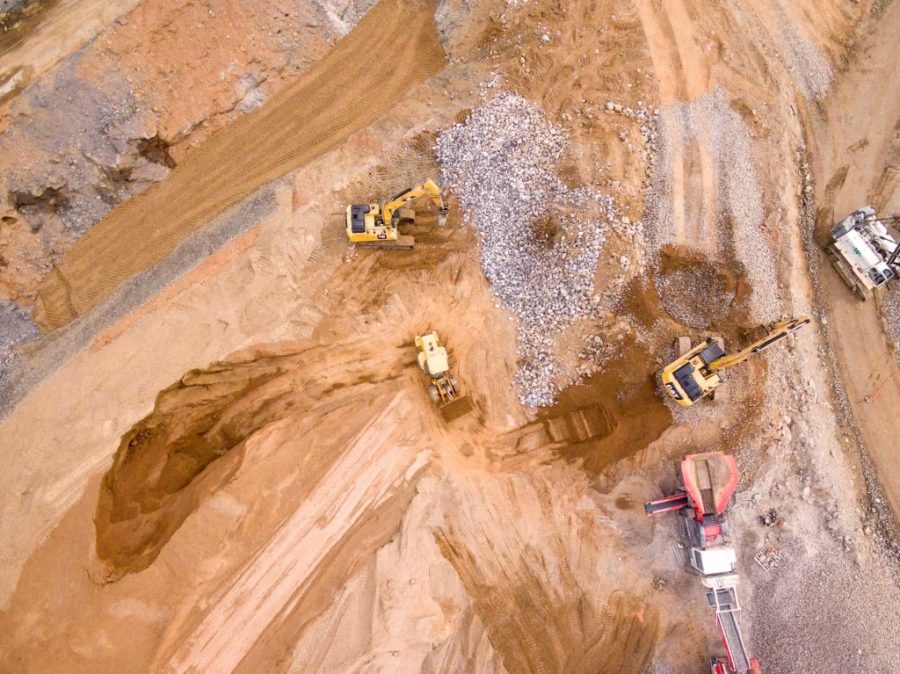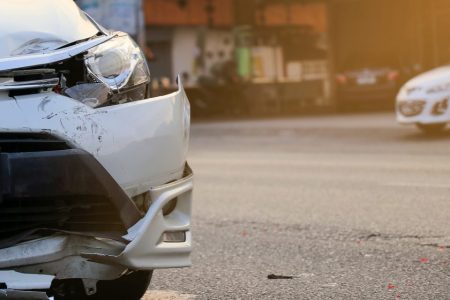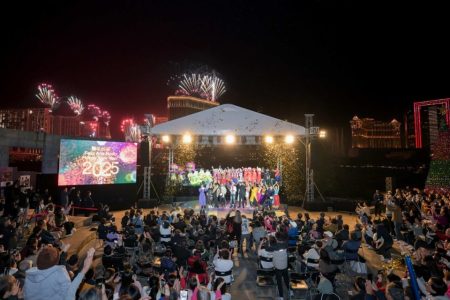The government’s proposal to build a so-called “ecological island” from construction refuse, near scenic Hac Sa Beach, has earned tentative approval from local environmental and youth groups, TDM reports.
Using construction waste to build the island provides a stop-gap solution to disposing of such waste in Macao’s landfill, which has reached capacity.
The president of a local environmental group, Green Future, said he agreed with the plan in principle, but had some caveats. “We should not have the mindset that having an ecological island means we can generate unlimited waste,” Un Ka Hot told TDM.
He added that the government needed to adopt “many supporting measures” to ensure the island functioned properly. These could include screening the waste’s suitability for the marine environment and imposing a levy system, he said.
The Macao New Chinese Youth Association also agreed with the plan, with its chairman Wong Chi Choi noting that the problem of waste disposal will only increase as new urban zones are built.
[See more: Dolphin protection zones may not be viable, official says]
However, he said it was important that the island didn’t negatively impact Hac Sa Beach’s surrounding landscape – describing it as one of the most scenic places in Macao and a drawcard for tourists.
The ecological island is outlined in the proposed Marine Areas Plan currently under public consultation. Its Hac Sa location was chosen after analysis by the National Water Resources Department, said Susanna Wong, director of the Marine and Water Bureau. Other options would be more environmentally problematic due to estuary currents, she added.
The official noted that no exact site had been settled upon, and that there was no time-frame regarding the island’s construction.
At the project’s first public consultation session on Friday, the Environmental Protection Bureau (DSPA)’s environmental planning director Ng Si Io stated that the island could be used for waste disposal for at least 20 years, Ponto Final reported.
According to its consultation document, it would then be transformed into a “multifunctional public space” and an “urban green lung.”






